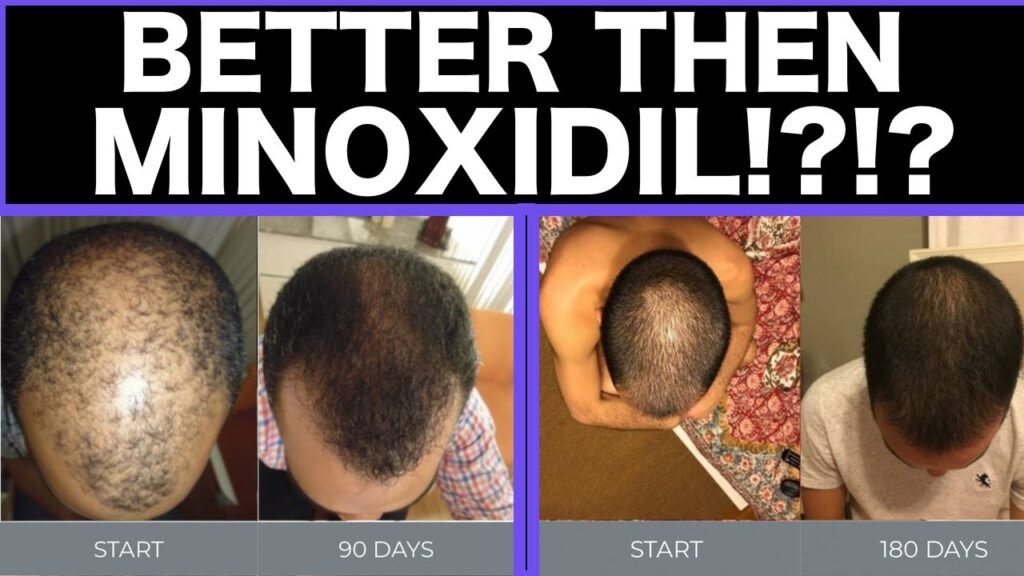Are you better off with Minoxidil vs hair transplant
When considering solutions for hair loss, two popular options often come to mind: Minoxidil and hair transplants. Each method offers distinct advantages and potential drawbacks, making it essential to weigh these factors based on individual needs and circumstances. Minoxidil, an FDA-approved topical treatment, is widely used for stimulating hair growth and slowing down hair loss. It is particularly effective for those experiencing early stages of hair thinning. On the other hand, hair transplants involve surgical procedures where hair follicles are moved from one part of the body to the balding area, offering a more permanent solution.
One of the primary benefits of using Minoxidil is its non-invasive nature. As a topical solution, it can be easily incorporated into daily routines without the need for surgery. This makes it an attractive option for individuals who prefer a less invasive approach to hair restoration. However, it is important to note that Minoxidil requires consistent use, and discontinuing treatment may result in the return of hair loss. Additionally, results can vary, and it may take several months to notice significant improvements.
In contrast, hair transplants provide a more permanent solution to hair loss. The results are typically more dramatic and natural-looking, especially when performed by experienced surgeons. Hair transplants are ideal for individuals with more advanced hair loss or those seeking a long-term solution. However, the procedure can be costly and involves a recovery period, which may include some discomfort and downtime. Additionally, not everyone is a suitable candidate for hair transplants, as the success of the procedure depends on factors like the availability of donor hair and overall health.


